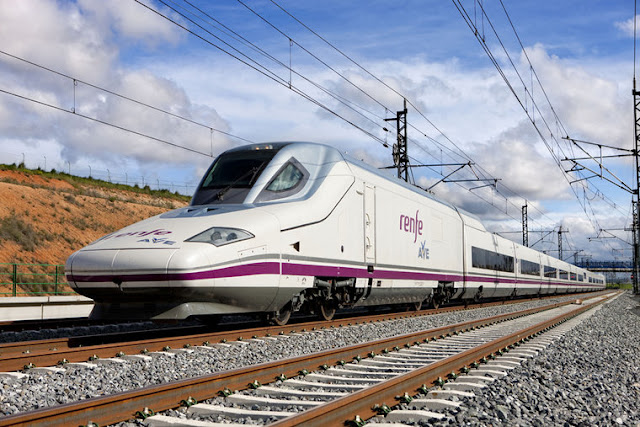Cheeseheads in Madrid
We've always been drawn the cheeses of the countries we visit. Spain will be no different, so I've put together a simple primer on Spanish cheese : queso Español
Spanish cheeses can be divided into three main classes:
- Fresco: fresh cheese which has not been cured or aged
- Semi curado: semi-cured cheese which has been aged for two or three months
- Curado: cured cheese that has been cured for upwards of 4 months
More than half of the cheese consumed in Spain is fresco or semi curado. But many of the most prized cheeses are the aged and intense quesos curados. In the USA, we're most familiar with aged manchego - with Costco leading the way with their own brand:
I'm going to talk about a few cheeses we rarely see on the supermarket shelf.
Arzúa-Ulloa
This pale yellow cheese comes from northwestern corner of Spain in the region of Galicia. The particular cows that produce the milk for Arzúa graze along the banks of the Ulloa River near the town of La Coruña.
It's produced using raw or pasteurized cow’s milk and is cured for a minimum of six days.
Tetilla
Another Galician cheese is the Hershey's Kiss-shaped Tetilla:
It is made with milk from three breeds of cattle: imported Friesian and Parda Alpina (Braunvieh), and the local Rubia Gallega of Galicia.The name tetilla (Galician for small breast!) describes the shape of the cheese, a sort of cone topped by a nipple, or a half pear – hence its other name, perilla.
Cabrales
It's made in the northern region of Asturias, near the Bay of Biscay.
The milk for this strong blue cheese comes from cows, goats and sheep that have grazed solely in the Picos de Europa mountains - where red pin is on the map above.
Queso Cabrales can be made solely with raw cow’s milk but the best and most traditional is mixed with raw goat’s milk and sheep’s milk too. Once the cheese wheels are formed they are cured for 2 to 4 months in humid mountain caves throughout the Picos de Europa.
The secret to Cabrales is in the caves. These mountainous cheese hideouts are oases of penicillin, a bluish-green mold that gives Cabrales its spicy kick.
Where to eat cheese in Madrid?
It appears that the overwhelming favorite place for eating this stuff is:
Read all about it here. You'll need a Spanish dictionary, but the pictures say it all!










Comments
Post a Comment